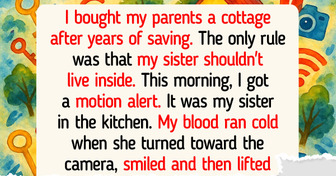I Refuse to Split My Stepmom’s Inheritance With My Stepsiblings, I’m Not a Charity

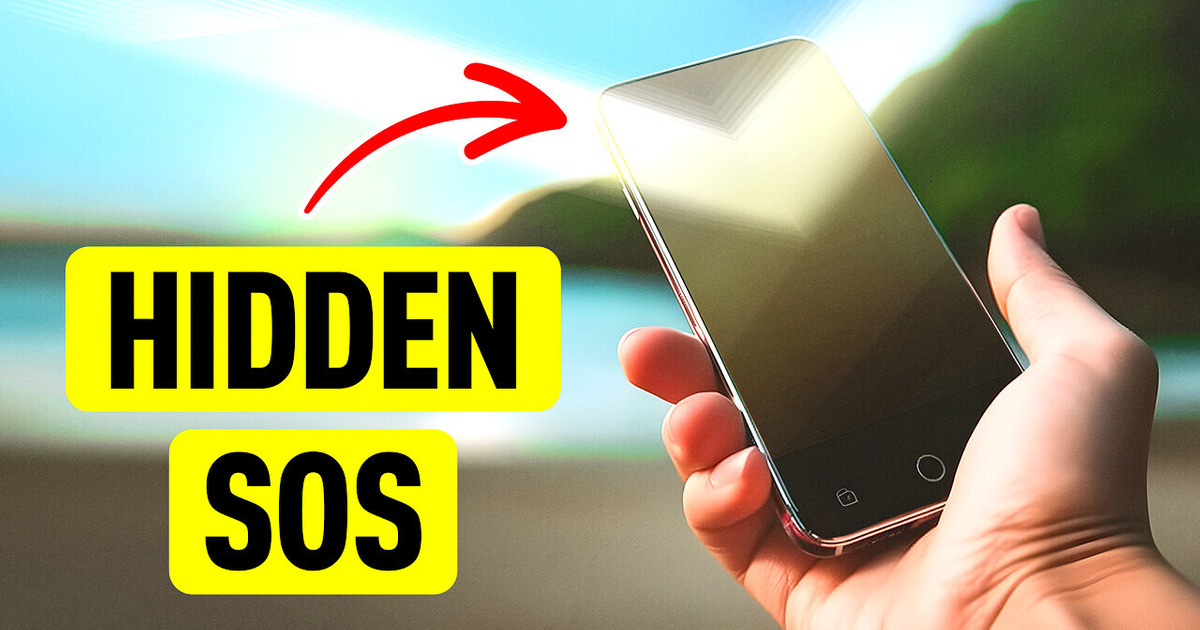
Welcome to an uninhabited island. How did we end up here? Well, I don’t know. But now we have to survive here for a couple of days, and I’ll teach you all I know. Gladly, wherever I go, I’m always prepared for a situation like this, so in this magical backpack, I’ve got everything we’re gonna need for survival.
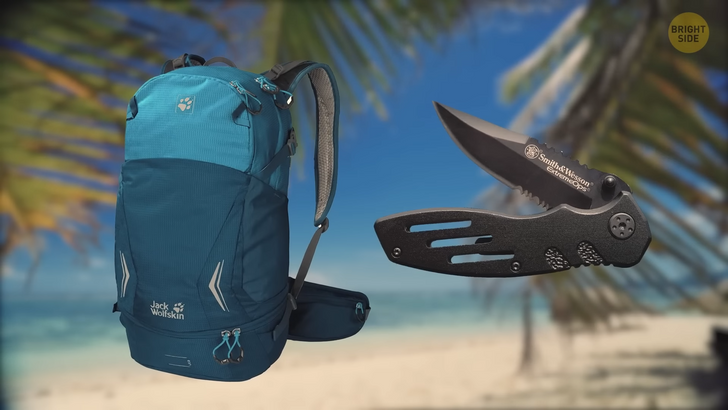
The first thing is, of course, a knife, which will come in handy in many situations. Surrounded by the ocean, you don’t have any drinking water available. Oops — I didn’t put any water in the backpack. But don’t panic! Your most reliable source of water here is the coconuts. So, we need to fetch some of those. If you’re lucky to get some green coconuts, you can cut them open with a knife, it’s relatively easy. But the problem is that they grow high up on the tree. You’re free to climb up there to get some, but it’s not gonna be easy. Luckily, when coconuts mature, they turn brown and fall off the tree. The water inside stays safe to drink for about nine months. So, you can pick some up from the ground. The problem here is that they can be pretty hard to open. However, if you’re lucky to have a screwdriver, it won’t be a big deal. Also, a simple stone can crack a coconut for you, but don’t forget to wrap it in a towel or even a T-shirt beforehand. Remember that you can’t drink as many coconuts as you want! Don’t drink more than five brown coconuts a day unless you want to get an upset stomach. By the way, the same goes for green coconuts.
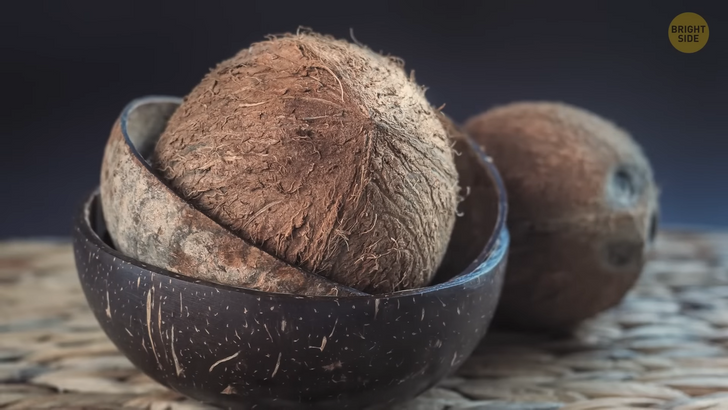
After you drink a brown coconut, don’t rush to throw it out. You can scrape off the white part and eat it, it’s totally edible. I admit, I didn’t bring any bowls, but this is once again where a coconut comes in handy — it can be turned into one! After you cut it open, you now have bowl-shaped pieces. Start by removing all the white stuff from the inside, until it’s just a shell. This is going to be your bowl, but we’ll make it pretty. Scrape the hair off using the knife. Then you can rub it around with sand, making it smoother. The last thing to do is to polish it with the coconut’s very own coconut meat — the oils in it will make your bowl shiny and pretty. Okay, the most important skill is to make fire, of course. I did put a couple of lighters and a matchbox in the bag to make it easier, but you just can’t be a qualified survivor if you don’t know how to start a fire without them.
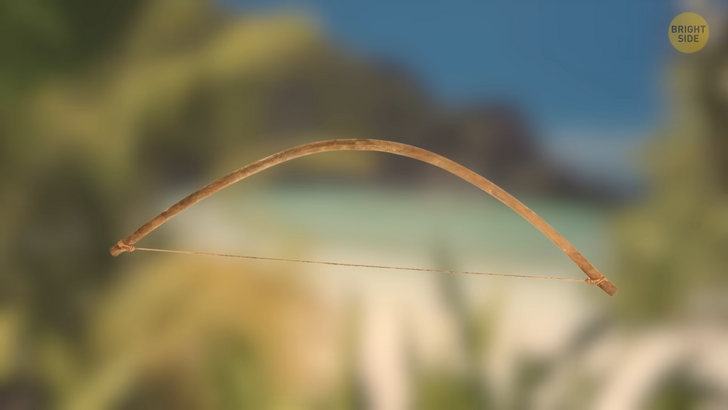
You need to find a curved piece of wood and tie a bowstring to it like this, so it looks like a bow. In case you don’t have a nylon cord, a shoestring will work too. So, whenever you go traveling, wear shoes with laces I guess. Next, find a piece of dry hardwood — it will be your spindle. You will need to wrap the string of the bow around it so that you can create friction. The spindle can be fixed to a board with a notch that can hold it. Also, you’ll need another piece of wood that’s usually called a handblock. It should have a dimple carved into it, which will make it easier for you to create friction. So, here’s how you go: the board holds the spindle, and you twist the bowstring around it just like this. On top, you hold the spindle with a handblock. Then you start moving the bow, rubbing it around the spindle and creating friction. It will start heating up, and in the end, you will get an ember. After you get an ember, you need to carefully move it to a bundle of tinder and blow on it, trying to start the fire. It’s gonna be tough to do it the first time, but after you get a hold of it, you can start the fire in less than five minutes.
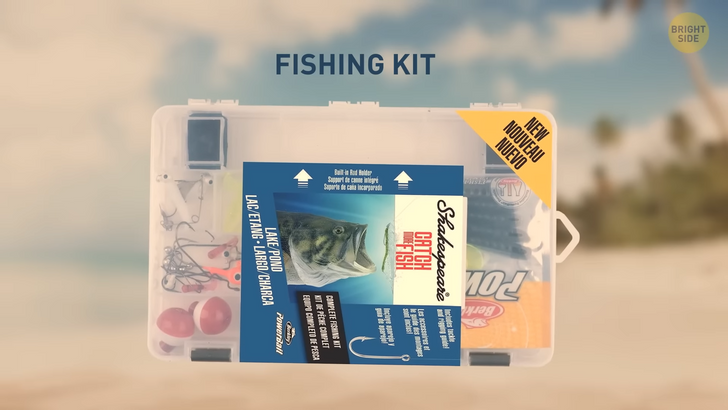
Now that we have the fire, we need food. The obvious choice is to go fishing. So, in my magic backpack, I have a fishing kit. It’s just a small box with some hooks and strings, but it’s gonna be a tremendous help — the rest is just practice and skills. If you manage to catch some, you need to cook it, and that’s the easy part now that you have both fish and fire. Wrap your fish in coconut leaves, tie it up with a bark, and put it on the coals of your fire. Wait for about twenty minutes, but before eating make sure it’s well-cooked. Just pierce the fish at an angle with a fork or a toothpick and twist gently at the thickest point. If the fish is cooked, it will flake easily. Bon appetit! Everything changes when the sun goes down. You have to be prepared for the night. So, during the day you have to make a shelter out of sticks and palm tree leaves. Pieces of bark can be used as strings, but it’s also a good idea to walk along the shore and see what gets washed out. There can be a lot of trash there, and some of that can be useful.
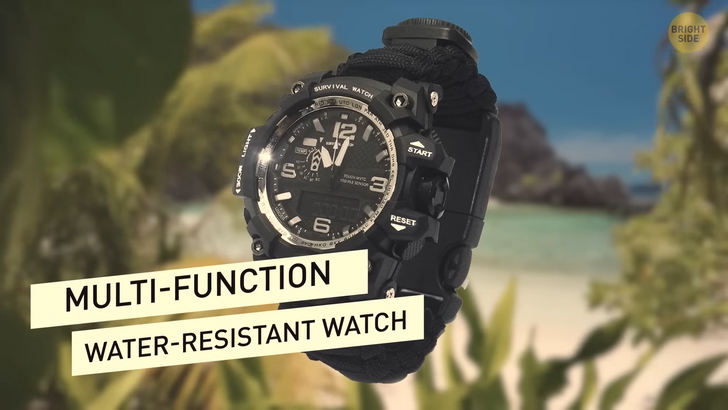
If you go to an island, you need to have devices that will help you not to get lost. I have something here — it’s a multi-function water-resistant watch I got on Amazon. Apart from the time, there’s also a compass, a thermometer, a scraper, a whistle, and even a fire starter. Yeah, you really didn’t need to spend two hours with the sticks, but I wanted to teach you. So, take the watch with you as you go into the jungle. We need material for the shelter — sticks, bark, and palm tree leaves, which are actually harder to pull off the tree than you may imagine. So, dry ones on the ground work too. Make the roof of the shelter using palm tree leaves, but also put some on the ground for you to lie on. But be careful — make sure that the leaves you’re using are free of snakes, spiders, or scorpions — you don’t want any of that in your bed.
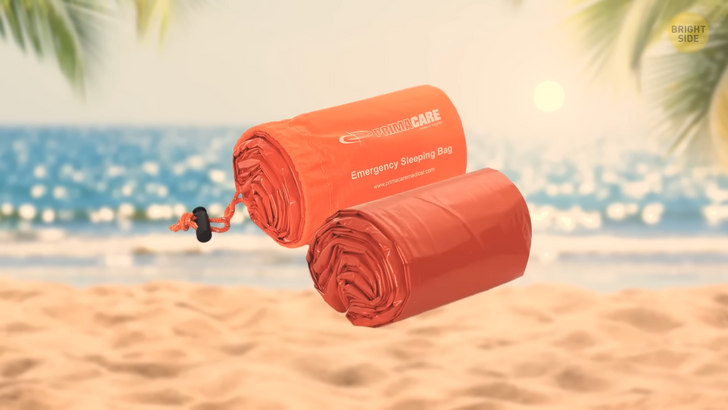
The other thing is that at night, insects and many other creatures come out, and they will be very happy to join you in your shelter. So, the fire and termite mounds around the shelter will help to keep at least some of them away. Others can still sneak in and climb under your clothes, walk on you and bite you. So, time for the magic backpack. Here I have a survival sleeping bag. Being just 4 inches long, it doesn’t take much space, but it’s tear-resistant, waterproof, and keeps your body heat inside. Plus, it has sealed seams, which will keep out water, wind, and any insects. You can find it on Amazon. Also, don’t build the fire right in front of the entrance of the shelter — in this case, you might end up breathing smoke all night. And now you’re all set. Just a couple of tips on how to survive. Your phone, which is probably the one sure thing you’ll have with you, is pretty useless here, but not exactly. The screen of your no-signal cell can be used to reflect sun and moonlight to send SOS signals.
Second, in conditions when you don’t particularly have much water in resources, try to keep your body cool. So, just walk in the water once in a while, so it doesn’t get overheated and so that you don’t get too dehydrated. And, of course, always have a first aid kit with you. It’s the last survival thing I have in my backpack — also from Amazon. It’s a water-resistant bag with a pair of scissors, bandaids, tweezers, bandages, and so on — pretty useful stuff in the wild. Happy survival! Even though I hope you’ll never have to do it unprepared.











